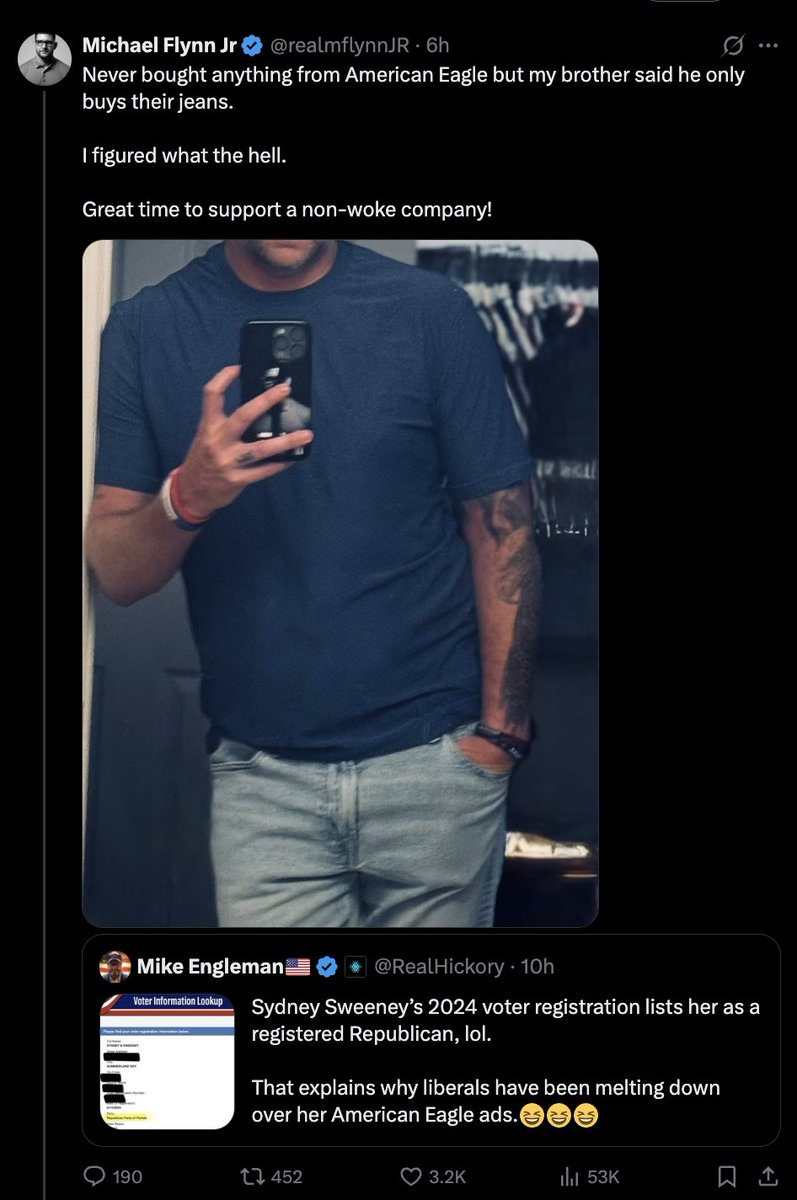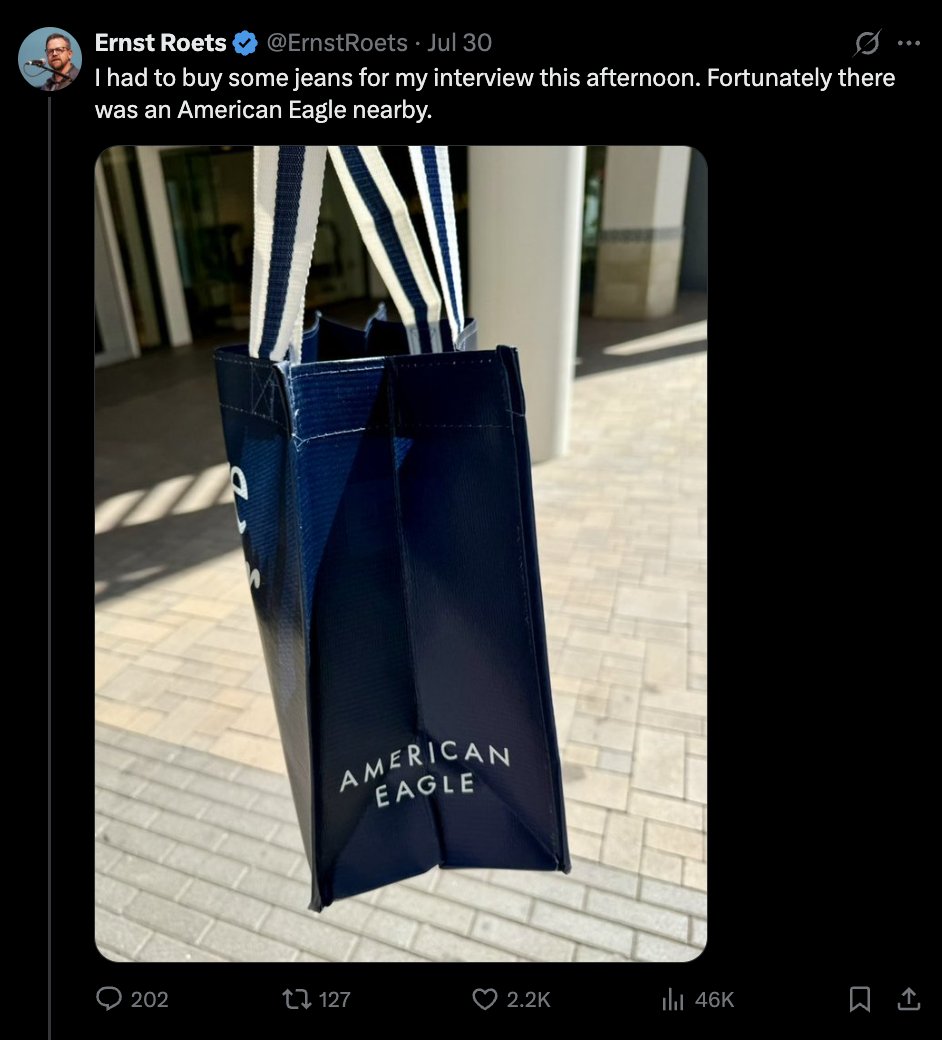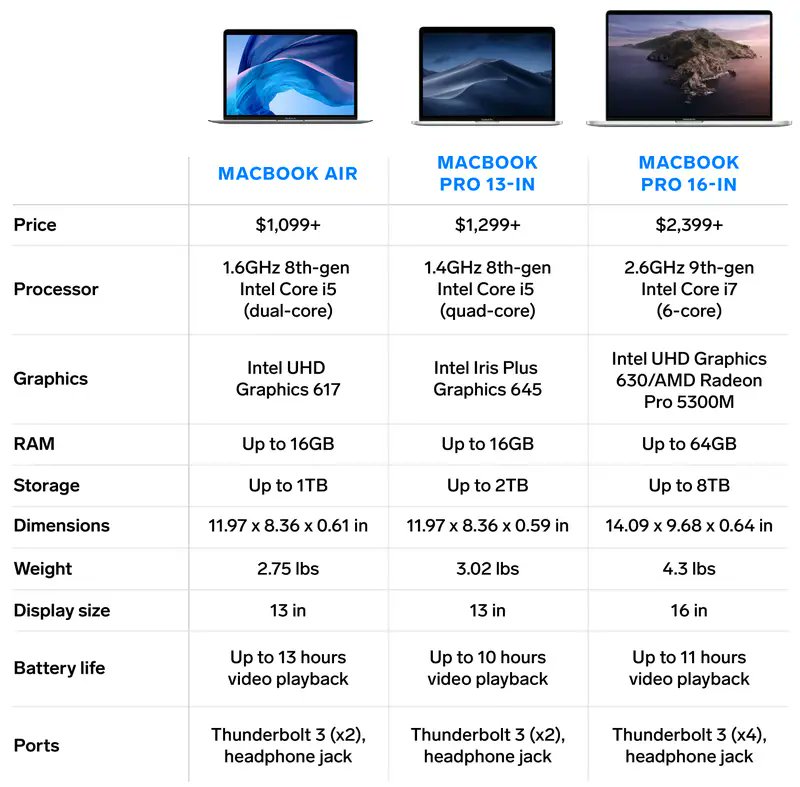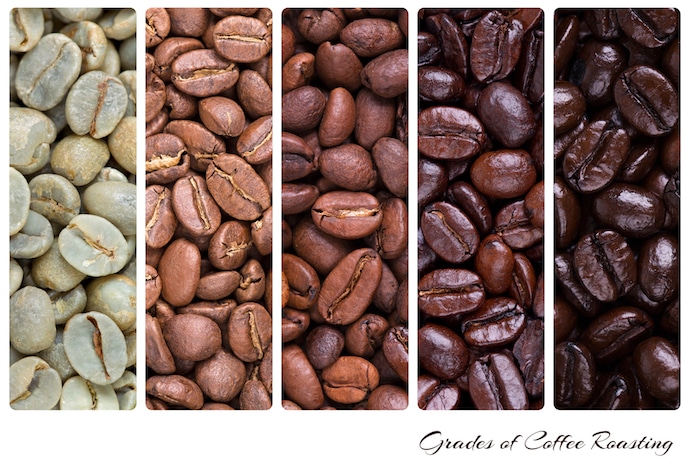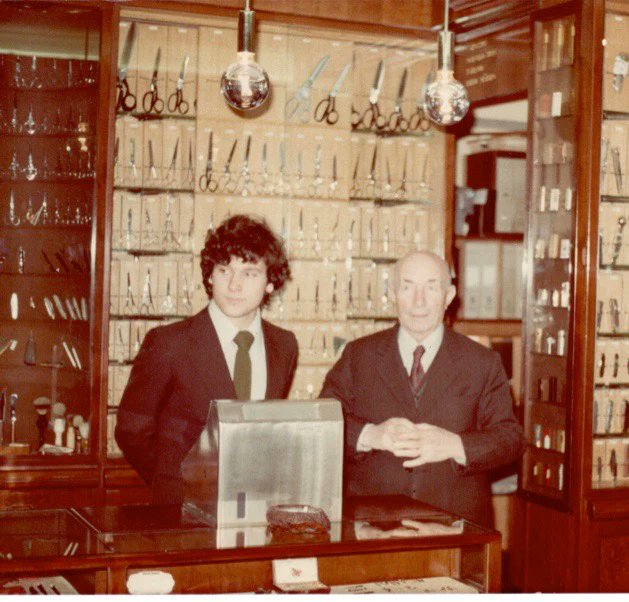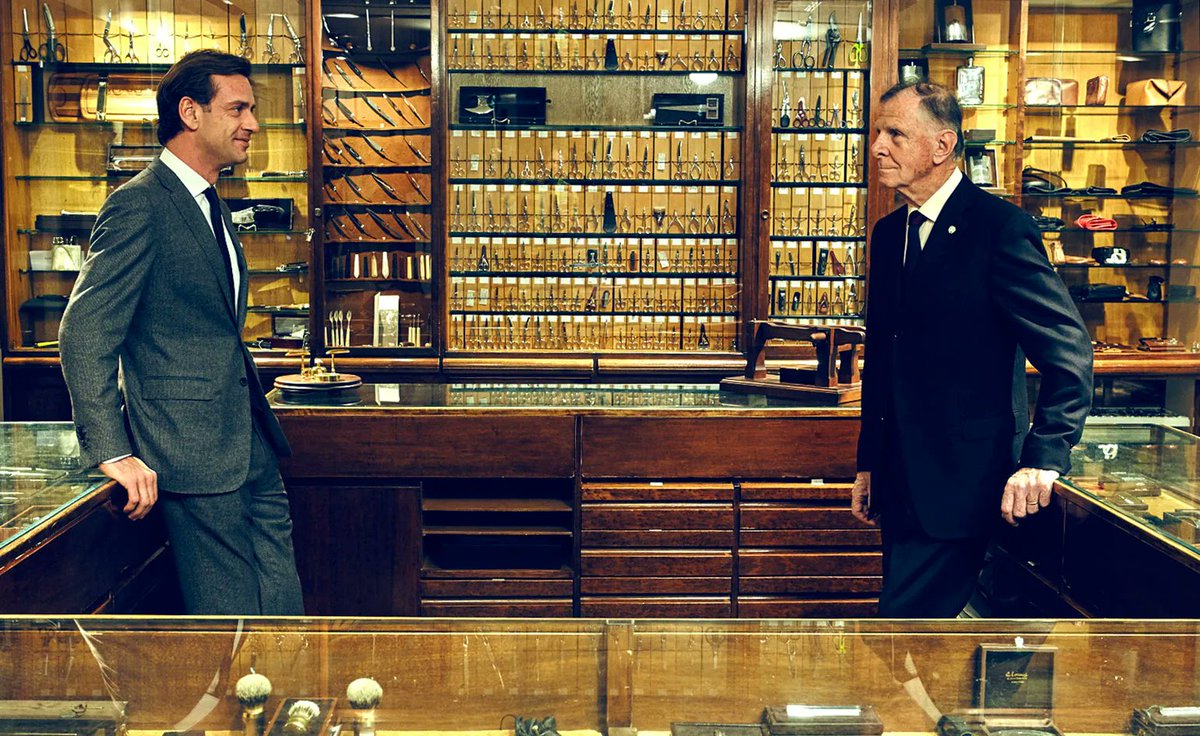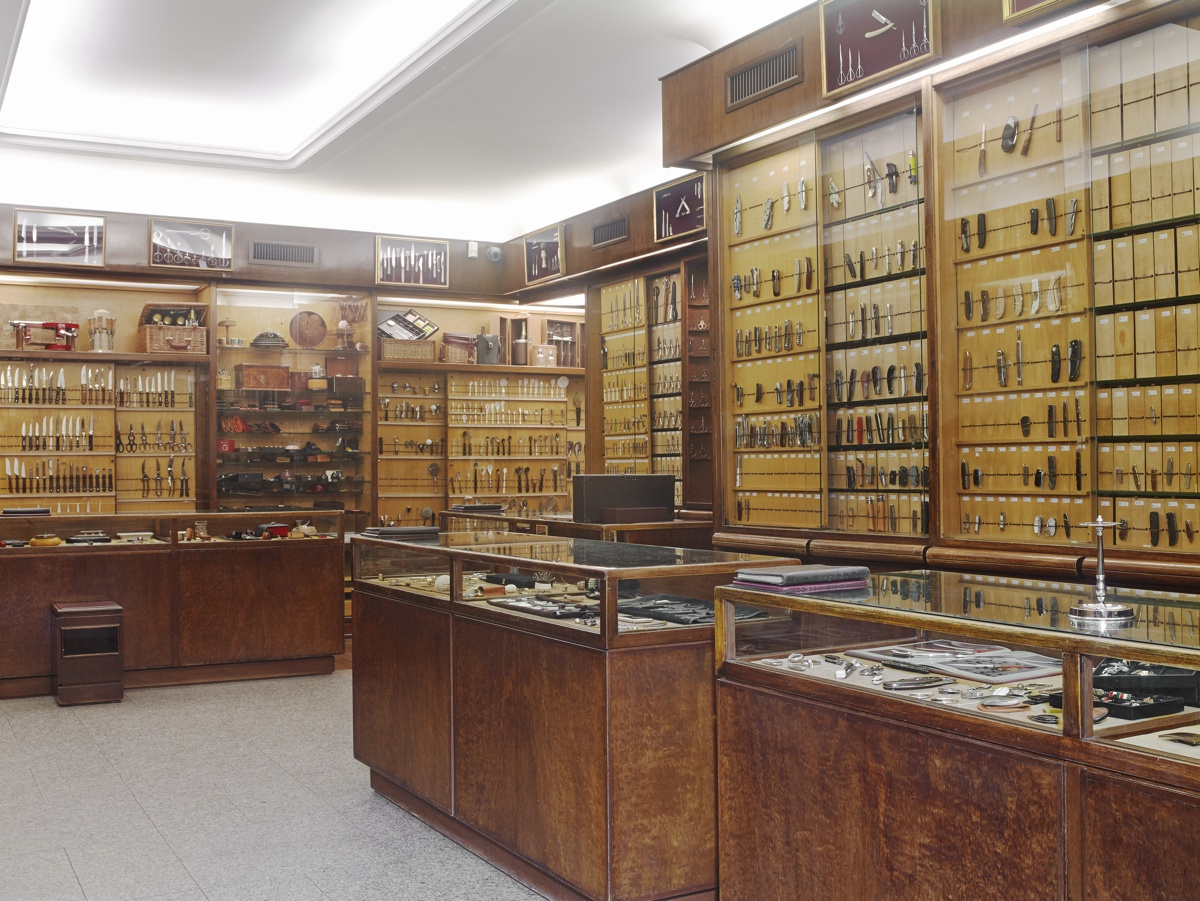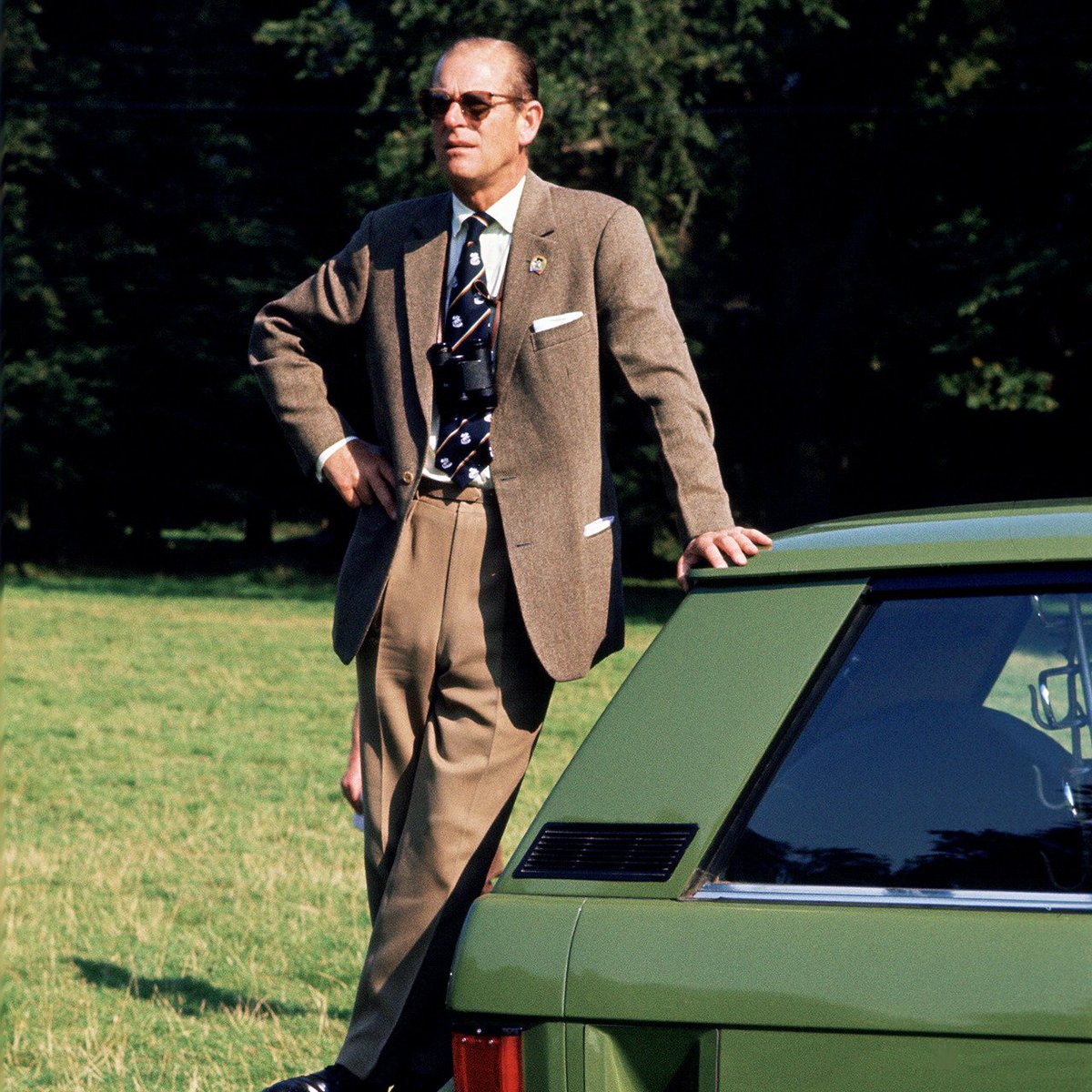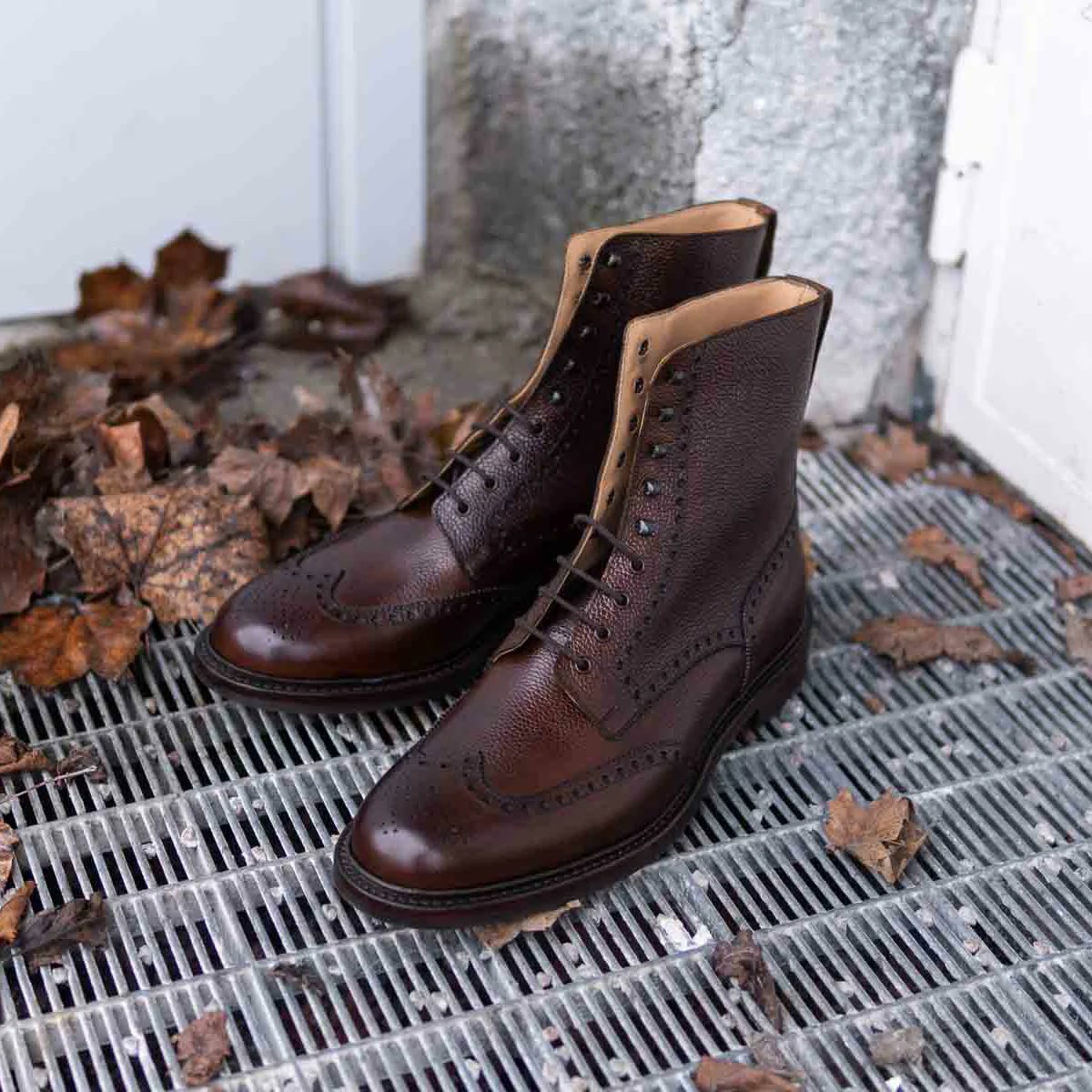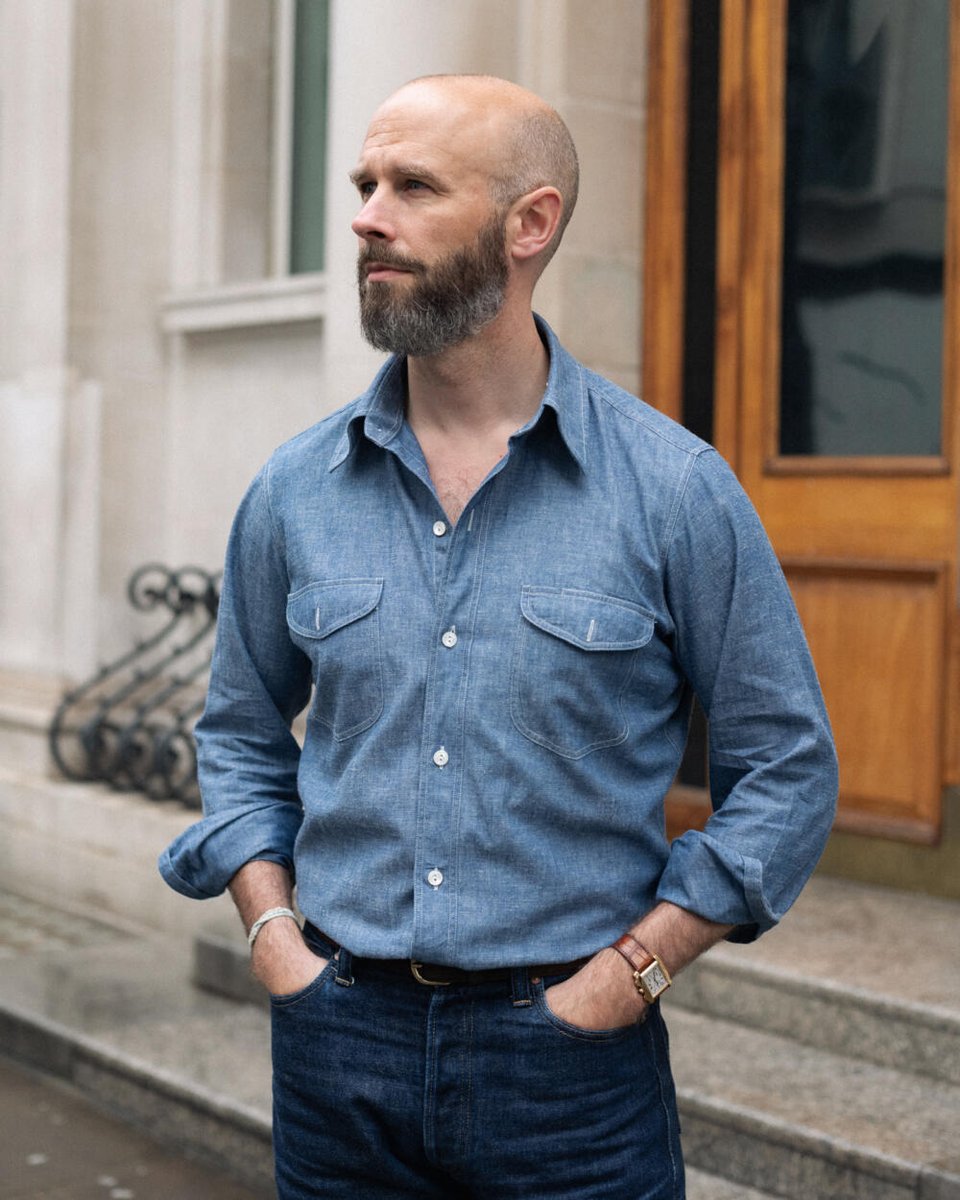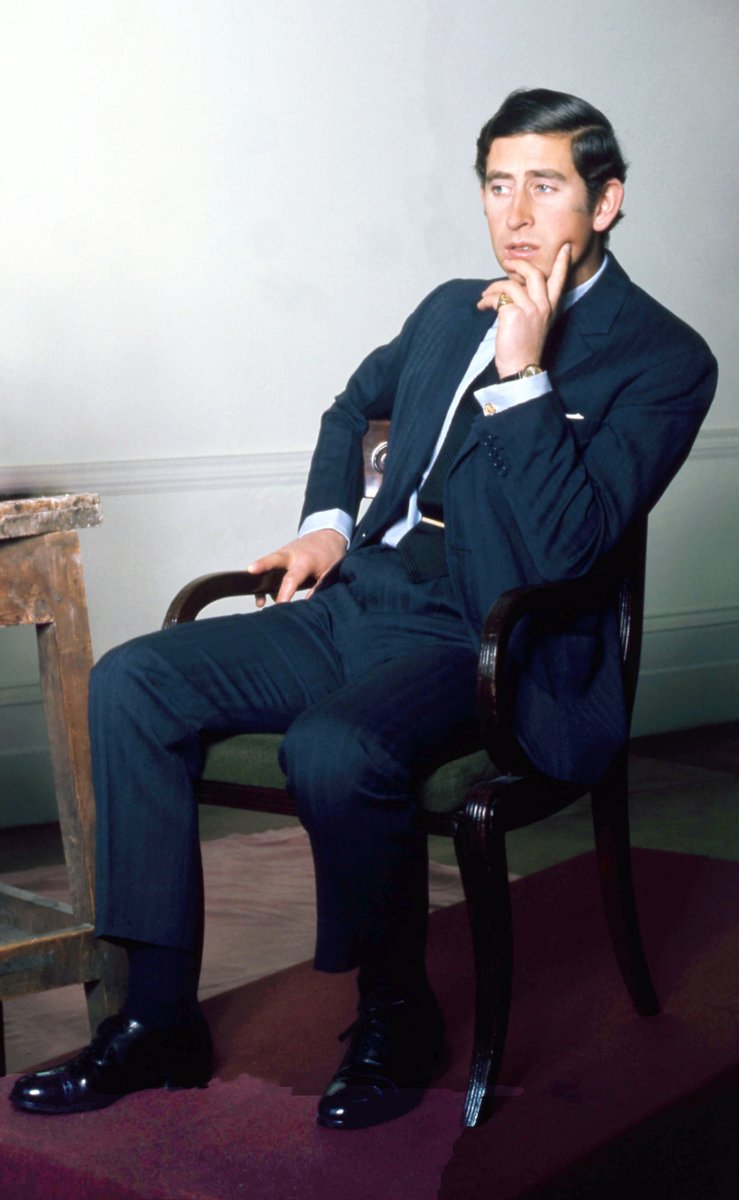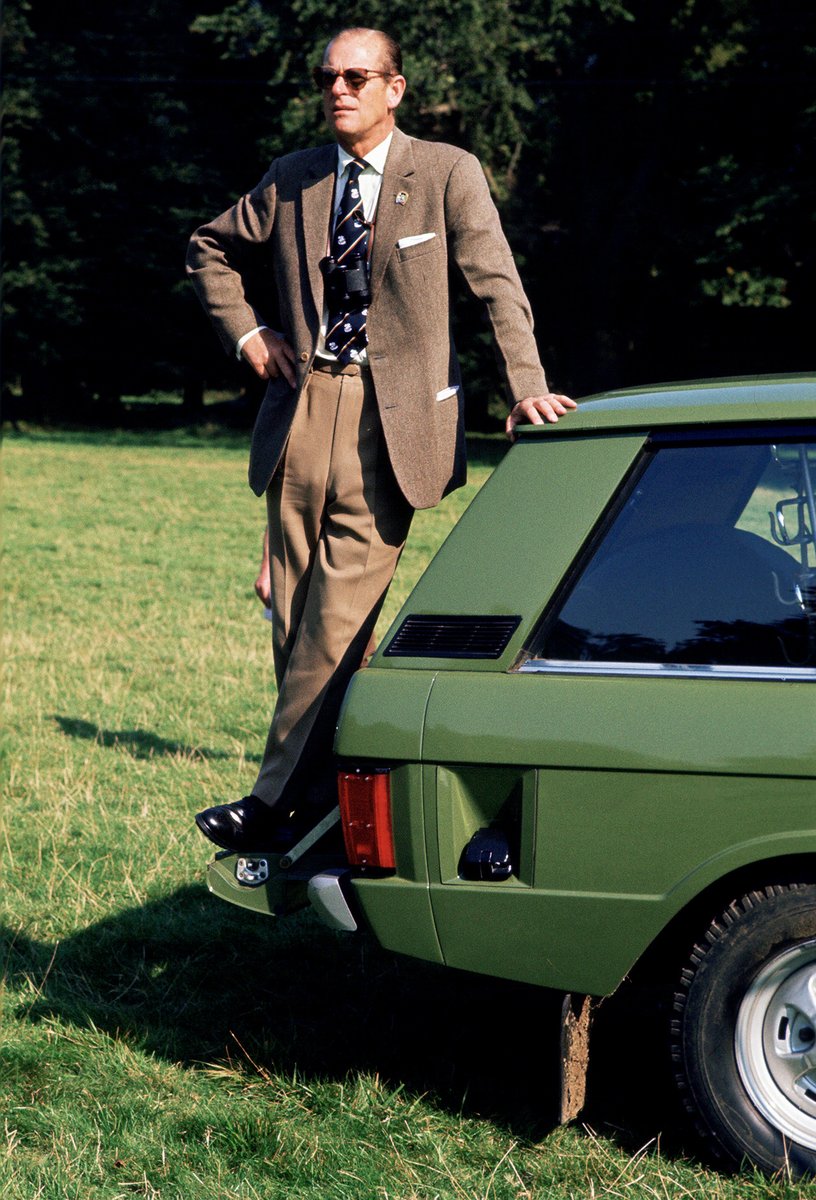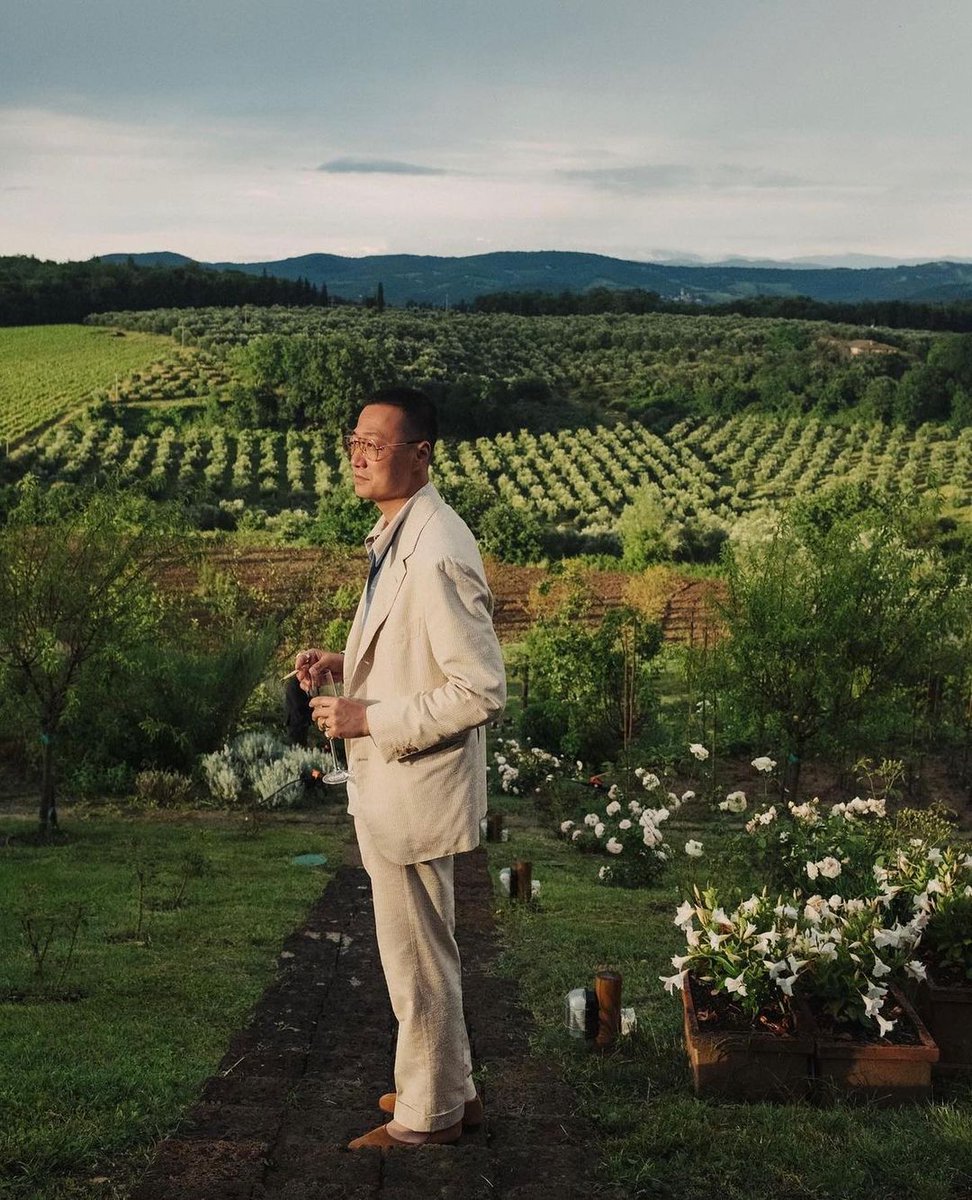single best purchase i've made, in terms of making a tangible improvement on my life, are these socks from American Trench. made in the USA, super cozy, and ideal for people who, like me, get cold feet at home. three styles i like: 

Wool-Silk Boot Socks
Bought these about 5 years ago. They're made from Italian yarns that are subtly flecked like Donegal tweed. Exceptionally soft, reasonably durable (mine have just started to give out), and way comfier than your typical cotton socks
americantrench.com/products/boot-…

Bought these about 5 years ago. They're made from Italian yarns that are subtly flecked like Donegal tweed. Exceptionally soft, reasonably durable (mine have just started to give out), and way comfier than your typical cotton socks
americantrench.com/products/boot-…

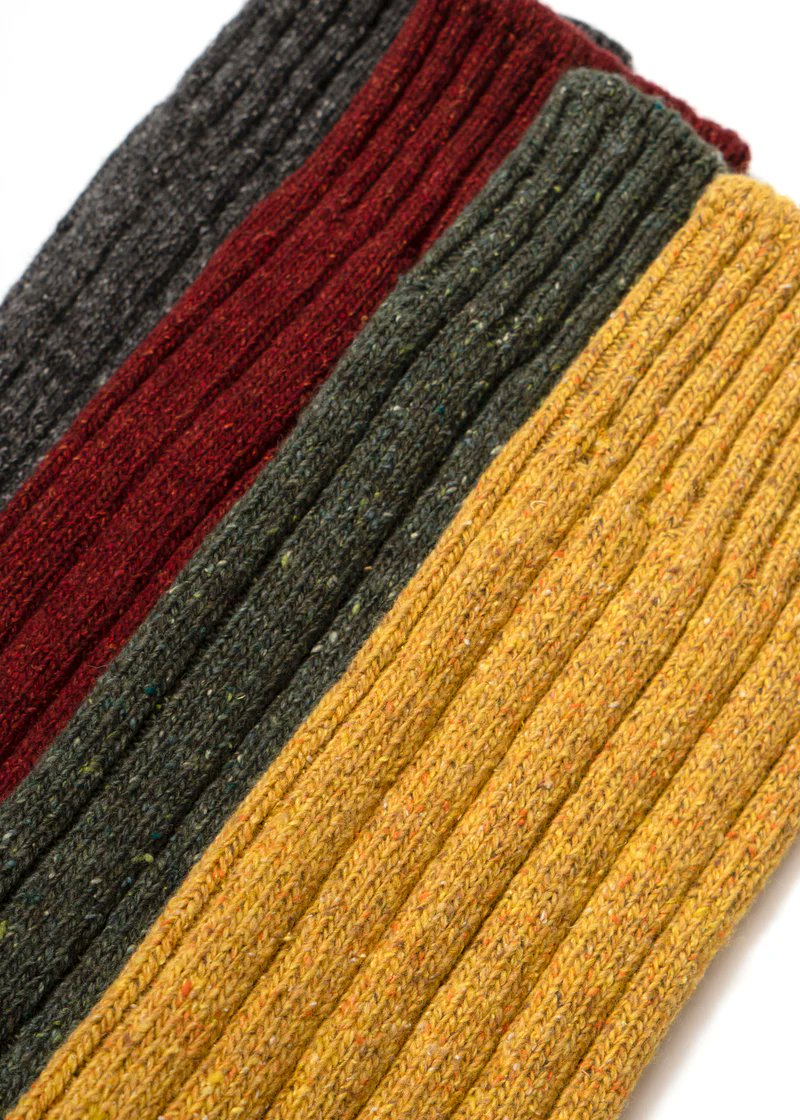
Supermerino Socks
Bought these after my wool-silk boot socks and, at first, thought they were just alright. They're plain colored and don't have flecks like the wool-silk ones above. Mine also pilled a little after two or three washes, which made me a bit disappointed.

Bought these after my wool-silk boot socks and, at first, thought they were just alright. They're plain colored and don't have flecks like the wool-silk ones above. Mine also pilled a little after two or three washes, which made me a bit disappointed.


But I've since come to really like them. They're super sturdy. Haven't stretched out, even in year four. Felted on the inside and has a slightly cushioned footbed. Very soft. Feels like a kitten hugging your feet. Thicker than your average sport sock.
americantrench.com/products/super…
americantrench.com/products/super…
Alpaca Boot Socks
The socks that inspired this thread. Just put these on and was reminded of how much these have improved my life at home. Based on mil-spec boot socks, and they're THICK. Inside is full terry so they're super insulating on cold days.
americantrench.com/products/alpac…

The socks that inspired this thread. Just put these on and was reminded of how much these have improved my life at home. Based on mil-spec boot socks, and they're THICK. Inside is full terry so they're super insulating on cold days.
americantrench.com/products/alpac…
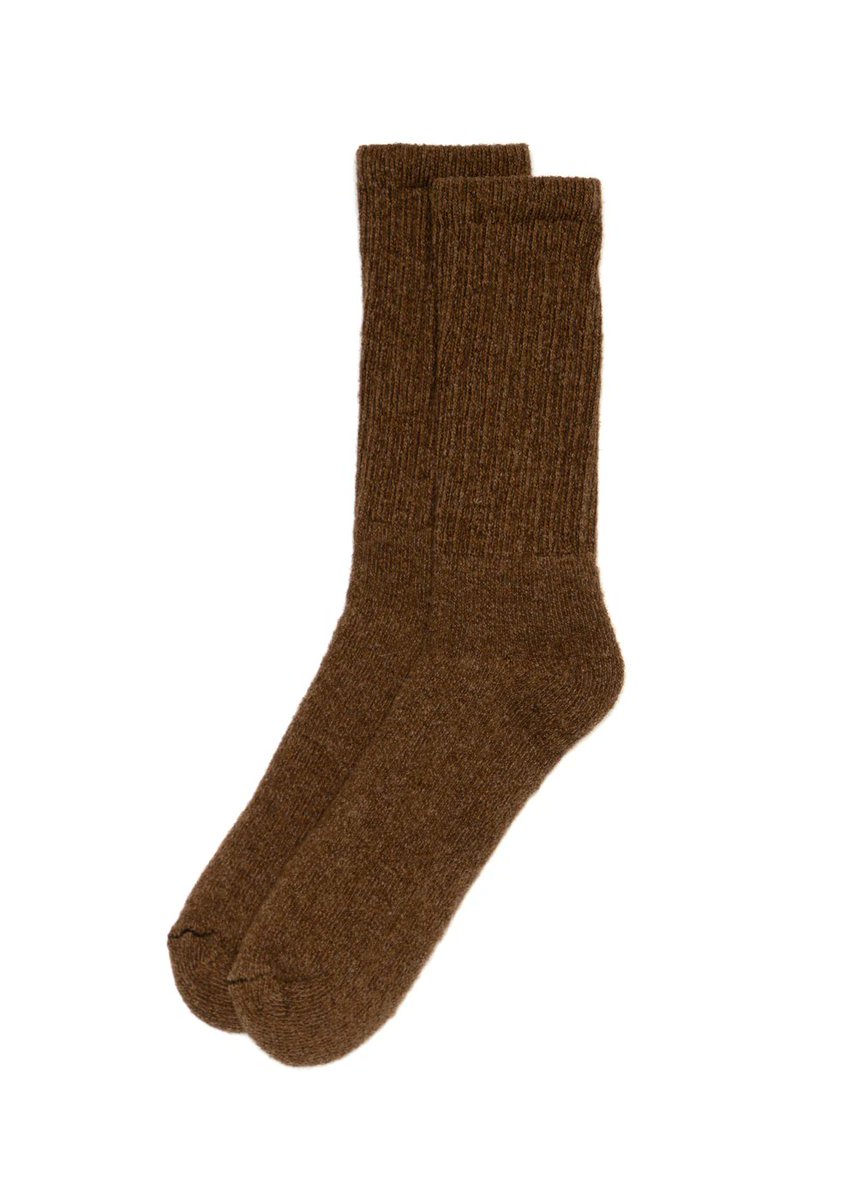

I've tried a couple of the other ones, like the merino retro stripes and mil-spec sport socks. They're all good, but IMO, the ones above are outstanding.
IG: americantrench
Website: americantrench.com

IG: americantrench
Website: americantrench.com


• • •
Missing some Tweet in this thread? You can try to
force a refresh



